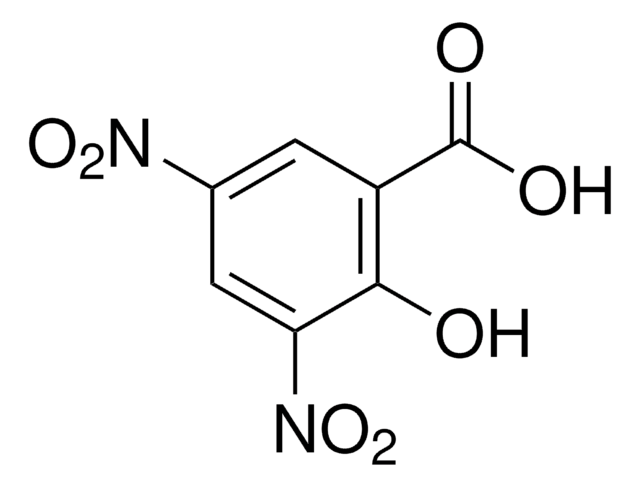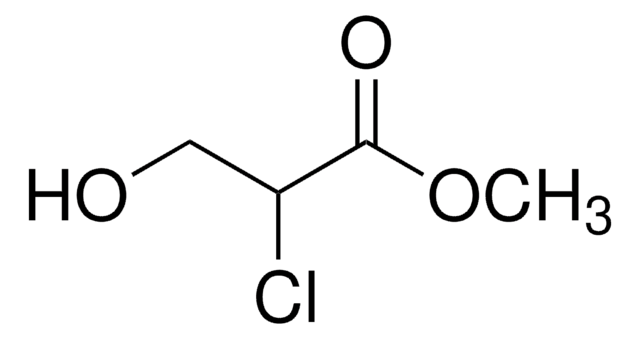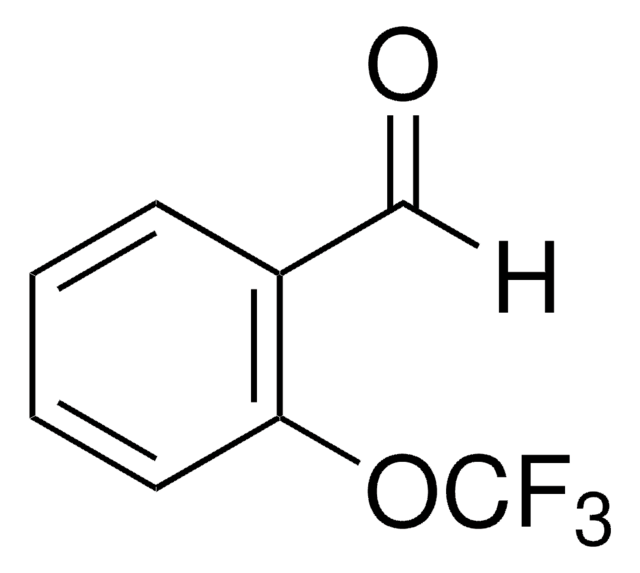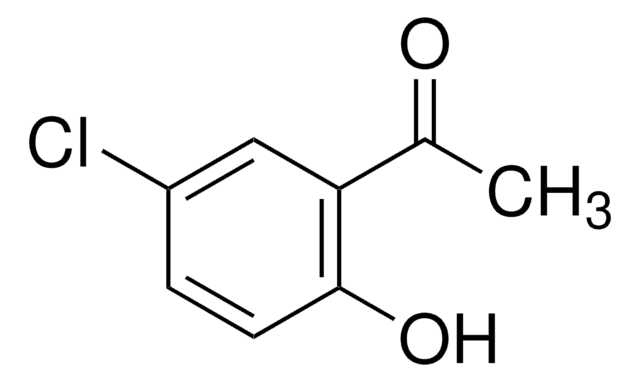E7033
pFLAG-CMV-2 Expression Vector
shuttle vector for intracellular transient expression of N-terminal Met-FLAG
Autenticatiper visualizzare i prezzi riservati alla tua organizzazione & contrattuali
About This Item
Codice UNSPSC:
12352200
Prodotti consigliati
Tag
FLAG® tagged
Grado
for molecular biology
Stato
buffered aqueous solution
Qualità
shuttle vector for intracellular transient expression of N-terminal Met-FLAG
Posizione del tag peptidico
N-terminal
Condizioni di spedizione
dry ice
Temperatura di conservazione
−20°C
Descrizione generale
The pFLAG-CMV™-2 Expression Vector is a 4.7 kb derivative of the pCMV5 transient expression vector1 for intracellular expression of N-terminal Met-FLAG® fusion proteins in mammalian cells.
pFLAG-CMV-2 Expression Vector is a shuttle vector for E. coli and mammalian cells. Efficiency of replication and genomic integration is optimal when using an SV40 T antigenexpressing host.
The pFLAG-CMV-2-BAP Control Plasmid is a 6.1 kb derivative of the pCMV5 transient expression vector1 for intracellular expression of N-terminal Met-FLAG bacterial alkaline phosphatase fusion protein in mammalian cells.
Vector Maps and Sequences
pFLAG-CMV-2 Expression Vector is a shuttle vector for E. coli and mammalian cells. Efficiency of replication and genomic integration is optimal when using an SV40 T antigenexpressing host.
The pFLAG-CMV-2-BAP Control Plasmid is a 6.1 kb derivative of the pCMV5 transient expression vector1 for intracellular expression of N-terminal Met-FLAG bacterial alkaline phosphatase fusion protein in mammalian cells.
Vector Maps and Sequences
Componenti
- pFLAG-CMV™-2 Expression Vector 20 μg (E7398) is supplied as 0.5 mg/ml in 10 mM Tris-HCl pH 8.0 in 1 mM EDTA.
- pFLAG-CMV™-2-BAP Control Plasmid 20 μg (P5100) is supplied as 0.5 mg/ml in 10 mM Tris-HCl (pH 8.0) with 1 mM EDTA.
Principio
The promoter-regulatory region of the human cytomegalovirus drives transcription of FLAG®-fusion constructs.
Note legali
FLAG is a registered trademark of Merck KGaA, Darmstadt, Germany
pFLAG-CMV is a trademark of Sigma-Aldrich Co. LLC
Prodotti correlati
Codice della classe di stoccaggio
10 - Combustible liquids
Scegli una delle versioni più recenti:
Certificati d'analisi (COA)
Lot/Batch Number
Ci dispiace, ma al momento non ci sono COA disponibili online per questo prodotto.
Se ti serve aiuto, non esitare a contattarci Servizio Clienti
Possiedi già questo prodotto?
I documenti relativi ai prodotti acquistati recentemente sono disponibili nell’Archivio dei documenti.
Jing Ouyang et al.
Blood, 117(16), 4315-4322 (2011-02-09)
Posttransplant lymphoproliferative disorders (PTLDs) are potentially fatal, EBV-driven B-cell malignancies that develop in immunocompromised solid organ or hematopoietic stem cell recipients. In PTLD, the expression of EBV proteins, including latent membrane protein 1 (LMP1) and LMP2A, viral immune evasion strategies
Li Yang et al.
Cancer research, 67(12), 5587-5593 (2007-06-19)
Evidence indicates that the induction of cyclooxygenase-2 (COX-2) and high prostaglandin E2 (PGE2) levels contribute to the pathogenesis of non-small-cell lung cancer (NSCLC). In addition to overproduction by COX-2, PGE2 concentrations also depend upon the levels of the PGE2 catabolic
Michiko Tanaka et al.
Virology journal, 5, 125-125 (2008-10-23)
The herpes simplex virus 1 (HSV-1) UL7 gene is highly conserved among herpesviridae. Since the construction of recombinant HSV-1 with a mutation in the UL7 gene has not been reported, the involvement of HSV-1 UL7 in viral replication has been
Chun-Hung Lin et al.
The FEBS journal, 274(11), 2946-2956 (2007-05-10)
The mammalian nitrilase (Nit) protein is a member of the nitrilase superfamily whose function remains to be characterized. We now show that the nitrilase family member 2 gene (NIT2) is ubiquitously expressed in multiple tissues and encodes protein mainly distributed
Kohsuke Tsuchiya et al.
Journal of immunology (Baltimore, Md. : 1950), 185(2), 1186-1195 (2010-06-23)
Listeria monocytogenes invades the cytoplasm of macrophages and induces the activation of caspase-1 and the subsequent maturation of IL-1beta and IL-18. Although apoptosis-associated speck-like protein containing a caspase-activating and recruitment domain (ASC), an adaptor protein of nucleotide-binding oligomerization domain (Nod)-like
Il team dei nostri ricercatori vanta grande esperienza in tutte le aree della ricerca quali Life Science, scienza dei materiali, sintesi chimica, cromatografia, discipline analitiche, ecc..
Contatta l'Assistenza Tecnica.







